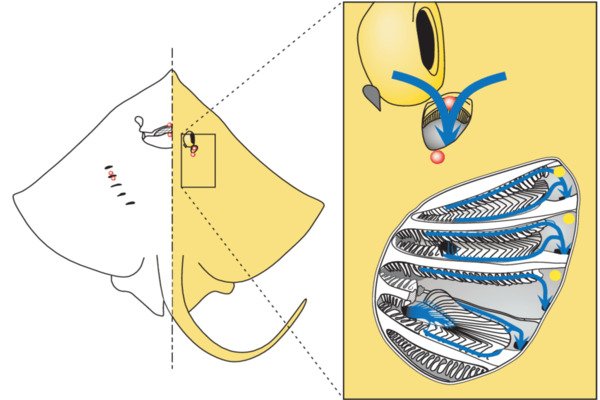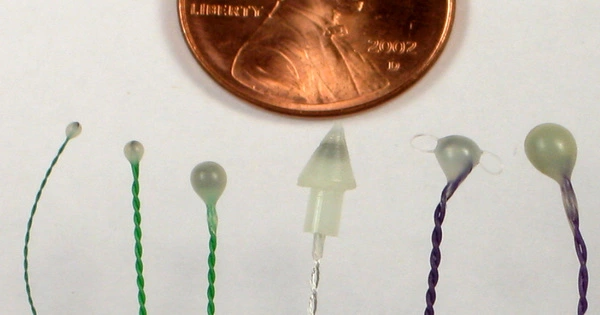Sonomicrometry is a technique for measuring the size and motion of biological tissues such as the heart or blood vessels. It entails inserting tiny piezoelectric crystals known as sonomicrometers into the tissue of interest. These crystals can detect and measure the distance between themselves by emitting and receiving high-frequency sound waves.
Researchers can use the data collected by placing several sonomicrometers in different locations within the tissue to reconstruct the tissue’s motion and deformation during various physiological activities such as heartbeat or blood vessel expansion and contraction.
Sonomicrometry is a technique for determining the distance between piezoelectric crystals using the speed of acoustic signals through the medium in which they are embedded. Typically, the crystals will be coated with an epoxy ‘lens’ and placed in the material so that they face each other. An electrical signal sent to either crystal will be converted into sound, which will travel through the medium until it reaches the other crystal, which will convert the sound into electricity, which will be detected by a receiver. The distance between the crystals can be calculated using the time it takes for sound to travel between them and the speed of sound in the medium.

Applications
Sonomicrometry is frequently used in animal physiology studies where precise distances with high temporal resolution are required, especially when such distances are not externally measurable. Sonomicrometry crystals are typically implanted within skeletal or cardiac muscle tissue to track length changes during an activity (heartbeat, flapping a wing, chewing, and so on). They can, however, be very useful for tracking the movement of entire structures that are not visible but are immersed in fluid, such as the bones in a fish’s mouth during feeding.
Sonomicrometry is a valuable tool for researchers studying cardiovascular physiology, as it provides a detailed picture of the complex movements and mechanics of the heart and blood vessels. It has also been used in other fields, such as biomechanics, to study the mechanical properties of other types of tissues and materials.
The resolution of any sonomicrometer depends on its ability to accurately detect the received ultrasound signal and on its ability to measure transit time. Advanced high-gain, low-noise circuitry in the Sonometrics Digital Sonomicrometer allows for the detection of the received ultrasound signal at a constant phase-angle for precise tracking of the received signal regardless of it’s frequency. This allows for complete independence of crystal frequency and measurement resolution.
















